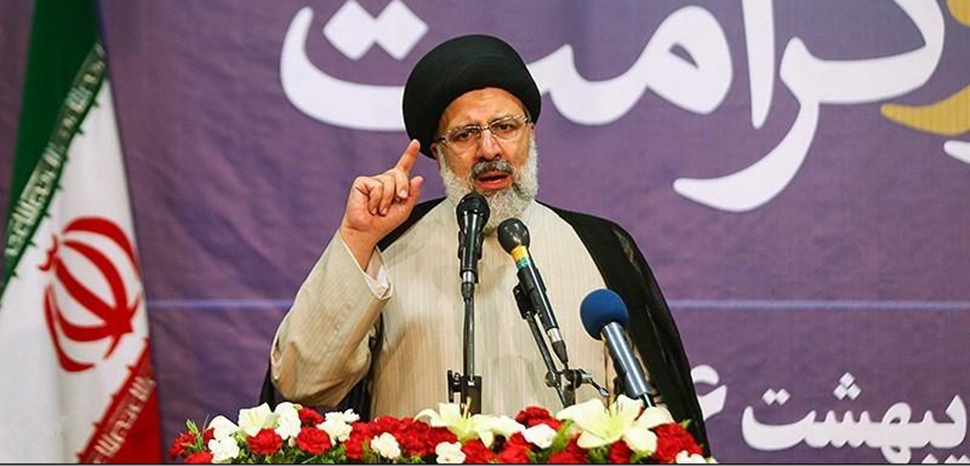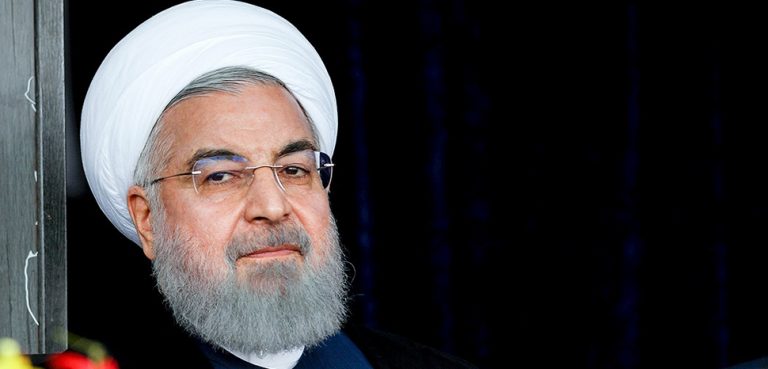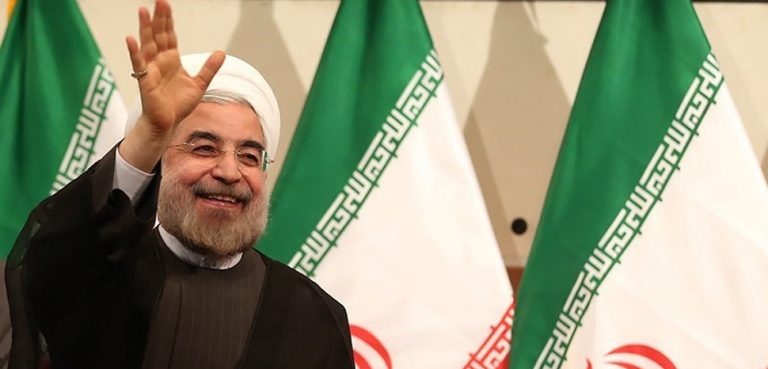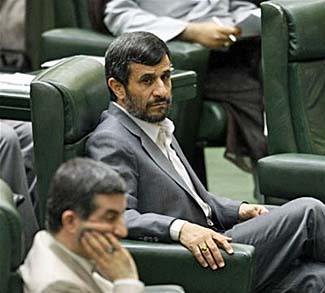While the United States (US) is shifting its strategic interests and defense resources toward the Indo-Pacific to counter China’s growing threats, including those associated with Taiwan, China is increasing its political influence and presence in the Middle East. The China-brokered agreement between Saudi Arabia and Iran speaks for itself. Although the distinct motives behind each party in such an agreement can be argued for or against, China remains the focal point of interest.
The Saudi-Iranian agreement can clearly reflect China’s ambitions to play a significant role in the Middle East’s regional power dynamics. For decades, the Gulf Cooperation Council (GCC) countries have been largely aligned with the US. However, with China’s involvement with Saudi Arabia and Iran, China appears to display its ability to challenge US influence in the region. Even though some may argue that China’s current influence is starting to be more tangible, Iran remains a concern. In this respect, it is not certain whether Iran will act according to China’s vision on the long-term or even in the mid-term. The latter possibility is evident concerning the Iran-backed Houthis in Yemen, who have launched an attack on senior Yemeni defense officials along with an attempt to assassinate the Yemeni defense minister just days from the announcement of the Saudi-Iranian agreement. In this regard, it is worth noting that the assassination attempt was made on Yemeni government officials who are strongly supported by the Saudi government, thus, leading one to question Iran’s actual intentions toward reconciliation with Saudi Arabia.
Iran’s incentives from China for executing the agreement with Saudi Arabia remain unclear. Whether increased trade, economic ties, and investments from China in times where Iran is facing global isolation and sanctions, or increased military support, it is interesting to understand how China’s incentives for Iran will unfold in the coming period. Furthermore, for China to create an equilibrium between incentivizing Iran while maintaining Saudi Arabia’s strategic security interests might produce unforeseen challenges. In this respect, the ability of China to continuously exert pressure on Iran in favor of Saudi Arabia will always be a test for China’s relationship with both sides. That said, it can be argued that China’s influence in the region may pave the way for a more pragmatic approach to Iran, which could overall undermine the GCC’s strategic interests in the long-term.
In relation to abovementioned, Iran’s nuclear ambitions also remains unclear. In the context of the China-brokered deal between Saudi Arabia and Iran, it is highly unlikely that Iran would give up on its nuclear ambitions, which still and will always remain a collective threat to the GCC as a whole. This can present an actual challenge for China’s influence in the region in which there is no clear path forward on Iran’s nuclear program and increased uranium enrichment levels. This issue also poses a serious threat to Israel which is, and has been, seeking to deepen its strategic relations with most countries in the GCC during the past few years, primarily Saudi Arabi and UAE, to counter Iran’s nuclear threat. The question of how Israel, and the US, will now react toward the Iranian nuclear file in light of China-brokered Saudi-Iran agreement is definitely a critical aspect to consider, as well as what role China may play in such challenge. Thus, it could eventually be the case that Iran will seek to undermine the West’s non-proliferation attempts by leveraging China’s regional influence.
Another crucial point is the relation between the Iranian government and the Islamic Revolutionary Guard Corps (IGRC). The IGRC was established in 1979 with the main purpose of safeguarding Iran’s post-revolution leadership and defending against Iran’s external and internal threats. The IGRC also have a strong influence on non-state armed groups in region, including in Lebanon, Syria, Iraq, and Yemen – many of which groups are designated as terrorist organizations by the international community. Within Iran and in parallel to the IGRC, there is also the Iranian army which is argued to be less funded than the IGRC. However, history shows that there has been a rivalry between the two military organizations given the overlap of military responsibilities both organizations share. Furthermore, tensions have always existed between the two organizations with regards to foreign policy and internal social issues. Accordingly, in light of the Saudi-Iran agreement, it can be challenging for the Iranian leadership to ensure the peaceful coherency between both military bodies toward Saudi Arabia. Therefore, the presence of “hardline” factions within the Iranian government, including the IGRC, may make the latter have an opposing view toward the agreement. These factions could create significant political opposition should there be tensions within the Iranian government, making it more difficult for the Iranian government to fully implement the terms.
Public unrest in Iran is another factor that can have an impact on how Iran commits to its agreement with Saudi Arabia; it also presents a tough task for China to maintain the stability of Iran’s leadership. Mass protests have erupted all over Iran since September 2022 along with over 500 protesters killed and tens of thousands detained to date. How the public unrest towards Iran’s leadership continues to unfold; how it may reflect on Iran’s foreign policy towards China and the GCC; and how will China and the GCC collectively deal with the uncertainty of the internal stability of Iran – these questions will technically define the viability and success of the Saudi-Iran agreement.
Overall, the history of tensions and conflicts between Iran and the GCC runs deep, and mistrust between both sides have been high for decades. Years of proxy wars and geopolitical maneuvering have created a tense atmosphere that can be difficult to quickly overcome. It will take time and consistent efforts on both sides to rebuild trust and establish cooperative relationship built upon mutual strategic interests and the guaranteed safety of the GCC. In addition, the geopolitical landscape in the Middle East remains highly volatile, with multiple ongoing conflicts and tensions across Syria, Iraq, Yemen, and Lebanon – all of which involve Iran as a key player. Thus, it is possible that unforeseen events, such as a major escalation in any political conflict in the said regions and/or a new round of sanctions from the US, could change Iran’s intentions and derail the agreement before it has a chance to fully take hold.
In conclusion, while the agreement between Saudi Arabia and Iran represents a potential step forward in a historically tense relationship, it may yet be difficult for Iran to fully commit to the agreement. The issues of trust, domestic political opposition, regional power dynamics, and geopolitical volatility will all pose significant challenges to the agreement’s implementation, especially for the Iranian side. Furthermore, all of this presents a set of serious challenges for China, which it will have to counter if it wants to have a greater role and influence in the Middle East given that it “brokered” the deal. With consistent diplomatic efforts and a commitment to compromise between all sides, it’s possible that this agreement will pave the way for a more stable and cooperative regional stability. But time will tell.
The views expressed in this article belong to the authors alone and do not necessarily reflect those of Geopoliticalmonitor.com.




